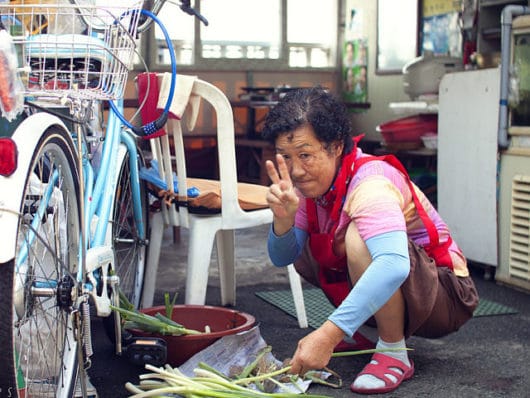Top 10 Facts About Hunger in South Korea
 South Korea is largely considered among the most advanced and financially secure countries in the world.
South Korea is largely considered among the most advanced and financially secure countries in the world.It was ranked among the most innovative countries in 2015 and is known for dramatically transforming itself within the span of a generation.
Once known as a nation recovering from war with a fragile, precariously positioned economy, South Korea now enjoys widespread prosperity.
Although not all South Koreans enjoy equally in the country’s development, there are measures in place to work towards minimizing hunger, and South Korea is notable for its efforts in this area. In the text below, top 10 facts regarding hunger in South Korea are presented.
Top 10 Facts About Hunger in South Korea
- South Korea ranks 25th on the Global Food Security Index. This suggests it is among the most secure countries in the world when it comes to securing food for its population, and the majority of people in the country are not in danger of starvation.
- South Korea has among the lowest levels of stunting and other starvation based disorders in the world. Percentage of the prevalence of moderate and severe stunting is at 3 percent.
- The elderly, migrant workers and refugees are the demographic groups that are most likely to suffer from hunger in South Korea. These groups are most likely to be targeted by employment discrimination. In the case of the elderly, starvation may occur because of lack of familial or community support after retirement. These populations are an anomaly in an otherwise wealthy nation.
- According to a Yale study, South Korea has taken steps to reduce food waste by roughly 300 tonnes per day. Trial districts in Seoul have succeeded in reducing food waste by 30 percent in households and by 40 percent in restaurants. This has been beneficial in reducing hunger and in maximizing efficient use of resources.
- One major step towards food security in South Korea was achieving rice self-sufficiency. South Korea cultivated rice as a domestic product that would feed its people while also being a successful export to bolster its economy. It reached rice self-sufficiency in the 1970s.
- Although South Korea applied protectionist policies to its domestic rice and livestock industries, it also allowed international trade for products it did not cultivate at high rates, such as flour-based goods. This system of domestic development with openings for foreign imports allowed South Korea to grow as an economy while also sufficiently and effectively feeding the country’s population.
- South Korea has committed to contribute $20 million to the World Food Programme in an effort to end world hunger. This will allow funding for various food security programs around the world over a five year period.
- South Korea is investing in vertical farming to further promote food security. This process involves creating farms that will be two or three stories high, with the possibility of aiming higher as agricultural techniques advance. This investment allows for efficient food production at faster rates.
- South Korea has gone from one of the largest recipients of food security aid to one of the largest contributor to the cause. In many ways, it represents a success story of a country that formerly received aid. The aid funneled towards South Korea not only improved the lives of the country’s citizens but also invigorated its contributions in ensuring food security around the world in the future.
- Food banks are also successful and frequently utilized in South Korea. Many of them are community-based initiatives that are undertaken to combat hunger among underprivileged South Koreans.
Despite a few challenges, South Korea has fairly high food security and continues to embark on new projects to feed its population. Food security is among its primary concerns, and both government and community-based initiatives exist to prevent possible problems regarding this issue.
South Korea can serve as a model for struggling nations aiming to achieve food security, and also as a model for wealthy nations in terms of providing food security aid.
– Isha Madan
Photo: Flickr
